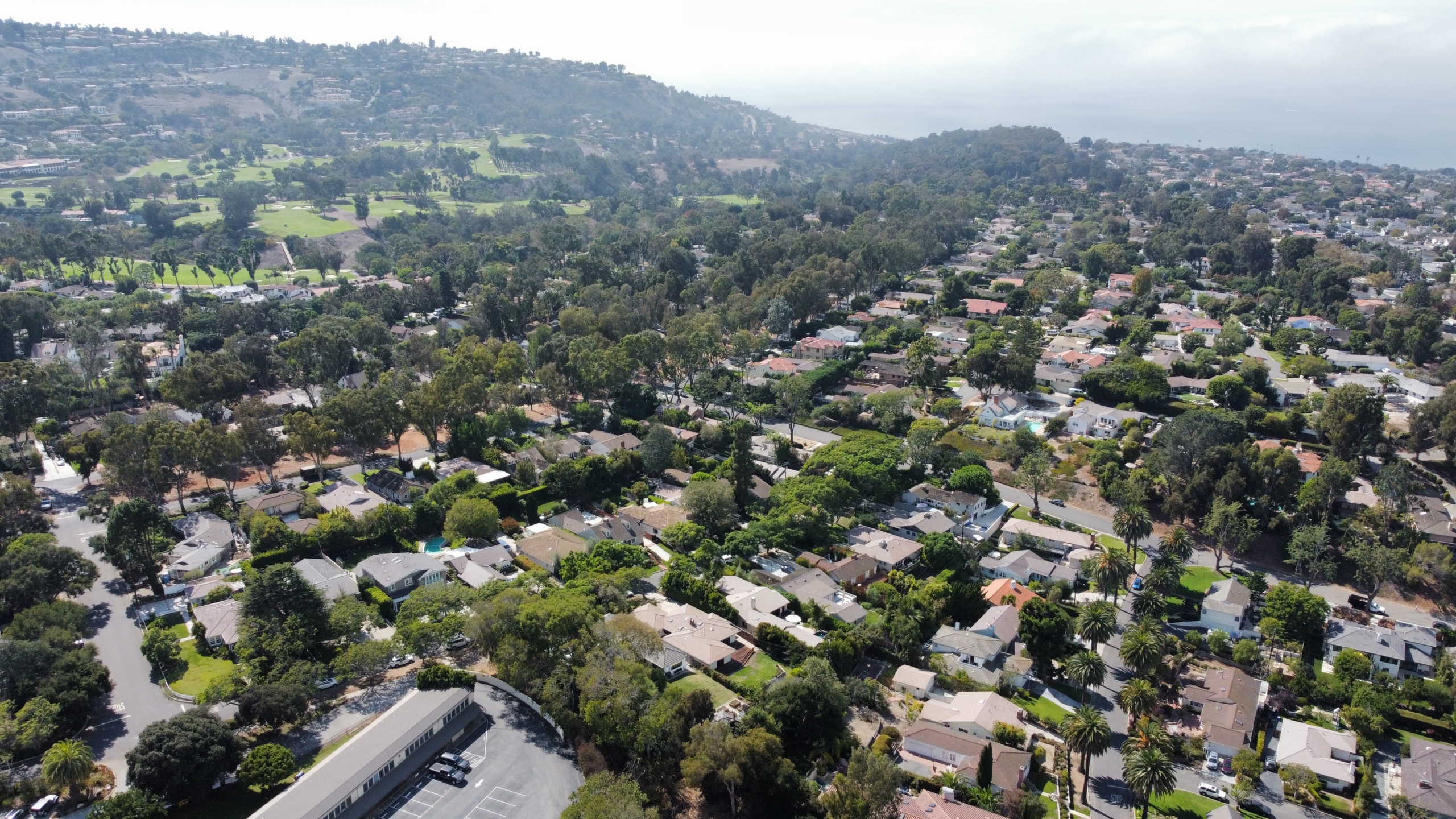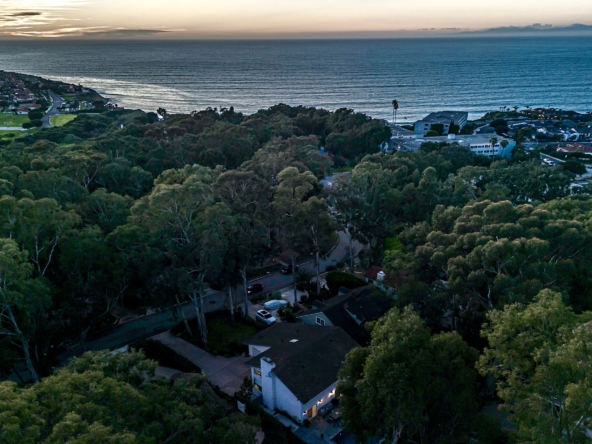Despite what you may hear on the news or read in the headlines, the real estate market has not really slowed down this summer, and I don’t expect it will anytime soon in the South Bay. How do I know? The numbers don’t lie.
Let’s take a look at 3 different markets in the South Bay, Manhattan Beach, Redondo Beach, and Palos Verdes Estates. All 3 markets have seen a significant drop in inventory since late 2008. Meanwhile as inventory has dropped, the number of closed sales has risen since 2011, slowly and steadily decreasing the number of homes for sale each year. In numbers it looks like this: The 12 month running average of listings in the South Bay in October of 2008 was 2,334 homes on the market. In August of 2021, the annual average is down to 650 homes (see the chart below). That’s a 72% drop of homes available for sale, and that’s for the entire South Bay – from Hawthorne to the backside of Palos Verdes! Alternatively, the number of homes sold for that same period rose from 269 per month in 2011 to 446 per month this August. During that time, days on market dropped from 105 days on average to just 19 days in August. Ultimately we have an inverse relationship between home inventory and home demand, and it’s not just the result of the pandemic.
Why is Demand Rising?
As we recover from the Covid-19 Pandemic, sellers in the South Bay are witnessing an expanding buyer pool manifest in multiple offers and as many as 70% of homes selling over the list price. Once considered geographically undesirable in terms of working on the Westside or in Downtown, people who formerly lived in Pasadena, Venice, Santa Monica, and other parts of Los Angeles have discovered that life south of LAX is quite nice. While most everyone reading this already knows this, those new to the area are enamored with the beach lifestyle, the fresh air, great dining and recreational options, and sadly, the lower homelessness. And let’s not forget Millennials. Once thought of as a reluctant home buying group who was willing to live in a tiny home or live the #vanlife, it turns out that these younger households are great savers and have down payment money available and want to buy a home just like their parents. Add in mortgage rates under 3% for a 30 year fixed mortgage, and buyers have lots of reasons to want to buy a home in our area.
Fewer Homes for Sale
According to Economist Mark Fleming at First American, Home owners are staying in their homes longer, currently averaging over 10 years. And with delays for building permits and rising construction costs, new home inventory can’t come close to keeping up with the housing demand. With fewer homes for sale, and steady buyer demand, prices have only one place to go – UP! As a result, we are seeing record home prices across the country, not just here in the South Bay.
Looking Ahead
What will it take for this to change? There are 2 factors that I think could have a significant impact on home prices – rising interest rates, and a major correction in the stock market. Interest rates are expected to start rising sometime in 2022, but they have a long way to go before it will have a real meaningful impact on buyer demand. Perhaps if rates return above 4%, btw – they haven’t been that high since May of 2019, we will see a few buyers start to pull back. However with rents also on the rise, there will be lots of incentive for buyers with down payment money to buy. The second factor to consider is a major stock market correction. With many people sitting on significant gains since the pandemic induced market bottom in March of 2020, there is a lot of down payment money tied up in the stock market. A correction of 20% or more may take wind out of the sails of buyers for a while, but that is likely to be short lived unless we see a protracted bear market.
Conclusion
With all things considered, I still see buying real estate as one of the safest investments out there. Since all of us need shelter, owning remains an attractive option to renting and being at the mercy of rising rents. It’s also a great hedge against inflation. When everything else goes up around you, your fixed rate mortgage under 3% feels better as you build equity each month. Finally, with volatility in the stock market, investing in a hard asset like real estate is a much more palatable option for those looking to lock in those gains in equities. So if you are in it for the long haul, I think real estate, even at today’s high prices, is the way to invest in your future.




